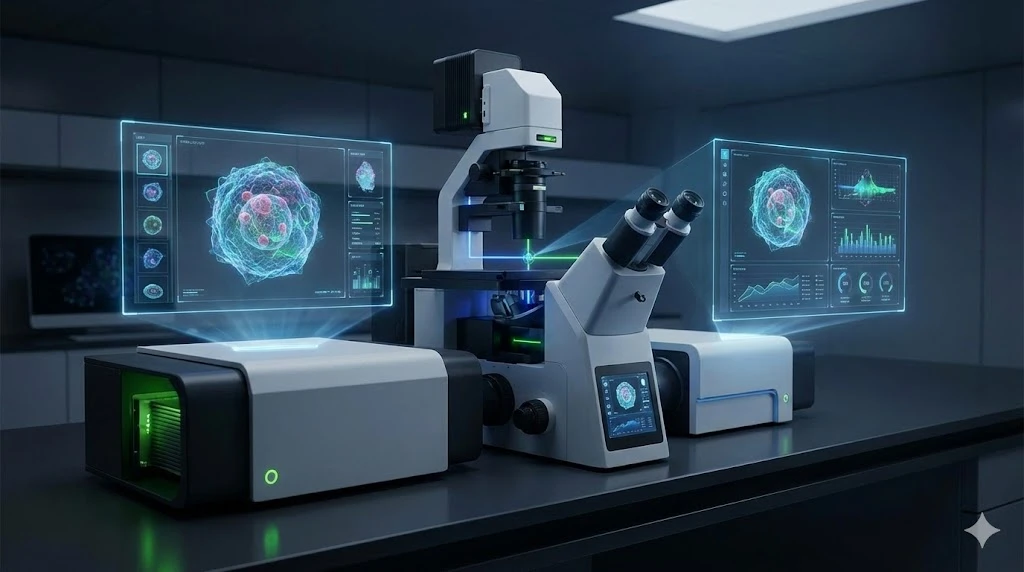STRmix Team Launches STRmix™ NGS
New forensic software enables users to investigate complex next generation sequencing mixtures
The team that created STRmix™—sophisticated
forensic software used to resolve mixed DNA profiles previously thought to be
too complex to interpret—is launching STRmix™ NGS (Next Generation Sequencing).
NGS, also known as MPS (Massively Parallel
Sequencing), is an emergent DNA profiling technology offering ultra-high
throughput, scalability, and speed. Used to determine the order of nucleotides
in entire genomes or targeted regions of DNA, the technology has the potential
to assist forensic laboratories in cases involving human identification,
kinship, and ancestral origin at a faster pace and a cheaper cost. While not currently available for casework,
STRmix™ NGS “has the potential to be a game changing technology for
laboratories familiar with STRmix™ that are investigating future implementation
of emergent NGS/MPS technology,” says Dr. Jo-Anne Bright, Senior Science Leader
at the New
Zealand Institute of Environmental Science and Research (ESR). “Pairing NGS with STRmix™ provides the potential to unlock the value of
complex mixtures for this emergent technology.” This marks the first application of the
ground-breaking STRmix™ technology for NGS, which employs a fully continuous
approach for interpretation of NGS-generated Short Tandem Repeat (STR) DNA
profiles. This allows users to research the potential implementation and
validation path of Probabilistic Genotyping (PG) alongside NGS chemistries and
sequencing equipment. Recognizing that forensic laboratories
embarking on the implementation of NGS in casework have a need for a PG
solution to interpret complex mixtures, this “Research and Validation” release
of STRmix™ NGS can help forensic laboratories to understand future use of such
evidence. This is an important first step for laboratories that are keen to
adopt this technology in casework in the future. The STRmix™ NGS workflow and user experience
is grounded on the capillary electrophoresis- based STRmix™ technology, which
has been extensively validated and used for casework interpretation at ESR, as well as at numerous
laboratories in Australia, the United States, Canada, Europe,
Asia, and the United Kingdom. Initially launched in August 2012, STRmix™
uses well-established statistical methods to build millions of conceptual DNA
profiles. These profiles are then graded against the evidential sample, finding
the combinations that best explain the DNA profile being analyzed. From there,
it provides a range of Likelihood Ratio (LR) options for subsequent comparisons
to reference profiles. STRmix™ NGS has many features in common with
standard STRmix™ technology, albeit applied to this emergent DNA profiling
technology. These features include the ability to: After STRmix™ NGS is made available to
selected STRmix™ users, there will be further functionality development and
improvement planned as a result of a very active scientific research program.










